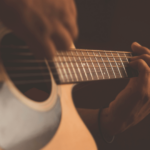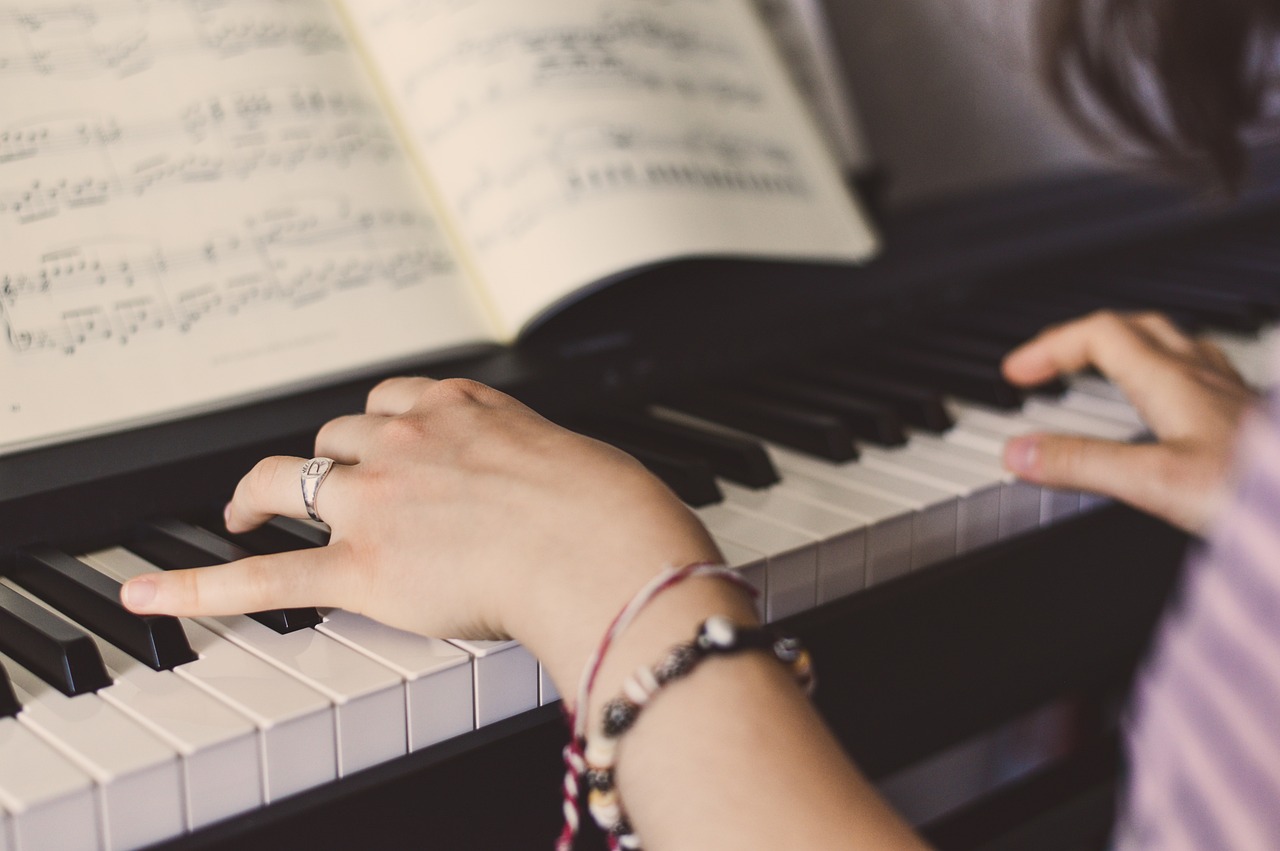Power Chords in Guitar5 min read
Learn how to play power chords on guitar. These are some of the most essential parts of playing music in any style. They can be used for various purposes such as jazz, rock, and country. Power chords are commonly used in the guitar genres for rock and metal. They sound powerful when played correctly.
A power chord is a two-note chord that has no major or minor quality. This is because the third chord, which usually provides the major or minor quality, is not included in the power chord. Power chords are usually used for playing rock songs.
Contents
What is a Power Chord and where is it used?
A power chord is a phrase that refers to a chord in guitar music that consists of the main note and the fifth string, as well as possibly other possible octaves. Power chords are commonly used on amplifiers to play guitar with added distortion. They are also used in various styles of rock.
Root Note
In most Western music, composers work with 12 notes to create a piece of music, but not every note can be worked with in every situation. To create a centerpiece, composers typically work within a single key. The root note of a chord is the key that establishes the tone of a musical instrument. It also identifies the chord’s name and relationship with other notes. In a major chord, the C note is the root. In an A minor chord, the A note is the root. In an F sharp seventh chord, the root is the note that begins the scale. Most Western music is written in the major key or a minor key, and both of these keys have their root notes. In the key of E minor, the root is E. In the key of G major, the root is G. Advanced players tend to prefer chord types that break chord inversions into arpeggios. Unlike inversions, bassists rarely play the root of a chord. So knowing the Root Notes is the very basics for every Musician.
Let us try to play them on the guitar
- Place your index finger on the middle fret of the E string.
- The root note is the reason why we get the name for a specific power chord. Position your index finger on the third string of the low E string for the first power chord shape. When playing power chords, the note that you play with your index finger will always have the root note.
- Follow the pattern to finish the power chord shape. Just go up two strings and over one string, and place your third finger on the fifth fret, which is the A string.
- We’re going to start with the first chord and then add an extra note to it.
- With the G chord starting with its power chord, play one higher octave of your root note by placing your pinky finger to the fifth fret of the D strings.
- If you pick each string, then the D note and G note are still the same, but the third string now adds an extra G note in the higher octave.
- When playing the three-string version of the power chord, note that it sounds fuller than the two-string version. This will give you a new flavor and allow you to use it for more power chord variations. Work on getting this shape down so that your fingers can go right to it.
- In the third power chord shape, we’ll learn to play the high notes with two fingers, but instead of using our pinky to play those notes, we’ll use our third finger to create a bar so that it can play both of those notes.
- This is a simple and comfortable way to make a bar with your third finger.
- Creating a bar for power chords with your finger can be faster and easier than trying to hold three fingers on the fretboard!
- This technique works for different situations and will help you get used to the different shapes.
A few things to keep in mind about the Power Chords
The 3 Chords
Many guitar players play the Power chords by having the root note on the A string and the E string. This will help you greatly to recognize and play these types of chords more easily.
Let’s try to hold it once again – With the first finger, hold the root note down, and then follow this with the other two fingers. This chord is an F power chord. Practice it for a while and there you go with the Power Chords!
*Just Move and there is a Power Chord (*Conditions apply – Follow it down!)
Maintaining the root notes at A string and E string if you move your finger to the 5th Fret, You form a Power Chord again. It is that simple while trying to make a Power Chord. Because in the above example the 5th fret of the low E string is an A note. Simple!
We have a Power Chord in the 5th String too!
The same 3 note power chord can be used on both the 5th string and the A string. Use the same rules as before and there you go with another set of Power Chords. The fret that you’re holding with the 1st finger will determine the chord that you’re playing. This D power chord shows the root note of the 1st finger.
Mute with your Palm for better Effect!
Now that you know how to use the chord shape, it’s time to use it! These chords can be very challenging to play, so it’s important that you play them correctly and hold them properly. Palm mute it if necessary to prevent the other strings from ringing out.
Practice! Practice! Practice but with a Song!
There are a lot of songs that use power chords. One of the easiest ways to practice this technique is by trying it in a song. Find a suitable song and Practice the Power Chords and try all the techniques one by one and see how well you can improve. Try playing some solos too.
Hope this article provides everything you need to know about the Power Chords. Always remember that practicing is the key to bring the best out of You!





